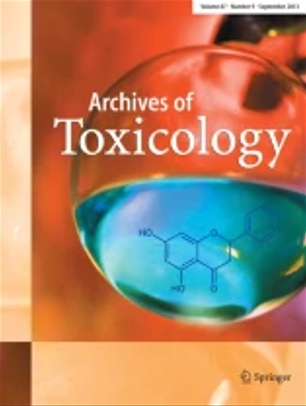Individuals are exposed to a wide arrays of hazardous chemicals on a daily basis through various routes, many of which have not undergone comprehensive toxicity assessments. While traditional developmental toxicity tests involving pregnant animals are known for their reliability, they are also associated with high costs and time requirements. Consequently, there is an urgent demand for alternative, cost-efficient, and rapid in vitro testing methods. This study aims to address the challenges related to automating and streamlining the screening of early developmental toxicity of chemicals by introducing a mouse embryoid body test (EBT) model in a 384-ultra low attachment well format. Embryoid bodies (EBs) generated in this format were characterized by a spontaneous differentiation trajectory into cardiac mesoderm by as analyzed by RNA-seq. Assessing prediction accuracy using reference compounds suggested in the ICH S5(R3) guideline and prior studies resulted in the establishment of the acceptance criteria and applicability domain of the EBT model. The results indicated an 84.38% accuracy in predicting the developmental toxicity of 23 positive and 9 negative reference compounds, with an optimized cutoff threshold of 750 µM. Overall, the developed EBT model presents a promising approach for more rapid, high-throughput chemical screening, thereby facilitating well-informed decision-making in environmental management and safety assessments.



